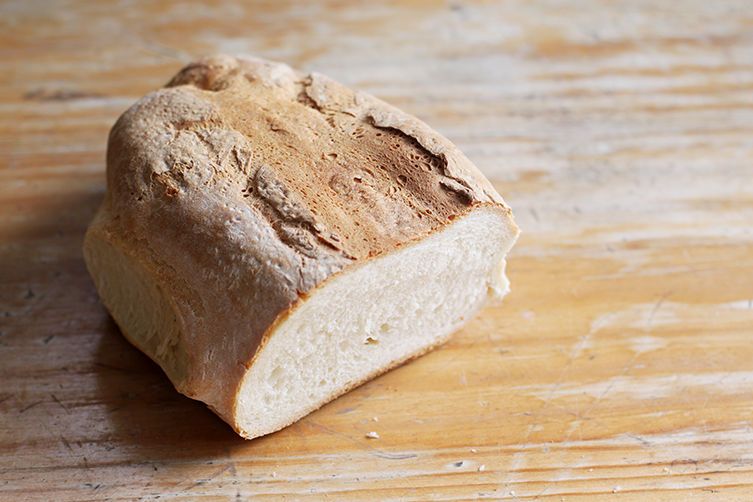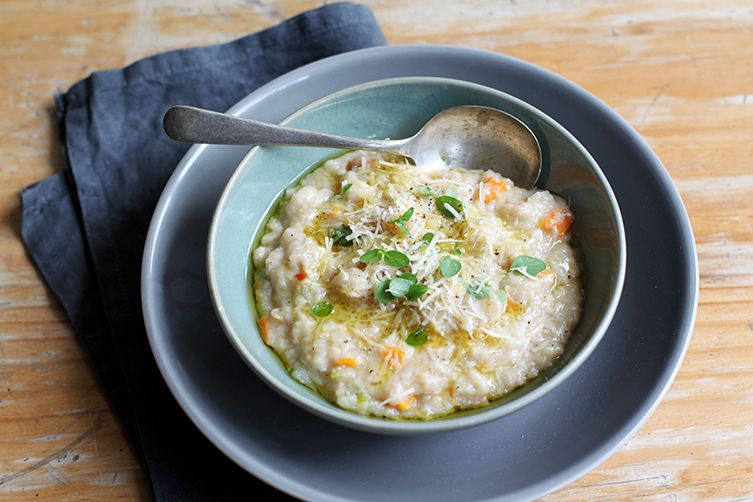
A New Way to Dinner, co-authored by Food52's founders Amanda Hesser and Merrill Stubbs, is an indispensable playbook for stress-free meal-planning (hint: cook foundational dishes on the weekend and mix and match ‘em through the week).
Order nowPopular on Food52
18 Comments
Christine M.
November 9, 2018
I'm trying to figure out the origin of a dish my Italian/American Mum made on holidays. It has the consistency of a loose polenta made with breadcrumbs, stock and tons of black pepper. She called it "peydah" (sp). Any ideas?
Ellie B.
January 27, 2015
Daaaaaaaang this is amazing!!!!! I never EVER would have thought of bread becoming soup, definitely pinning this. 0_0 <3 It's too bad I don't have stale bread (or any bread) right now, haha. And I always love learning some cultural wisdom so thank ya. ;)
Matilde
January 27, 2015
Here in Portugal, we have a traditional dish quite similar to pancotto: it is called açorda and it is typically made in Alentejo. You can make it with virtually everything (though my favorite is definetly seafood açorda) and it is seasoned with coriander, giving its very characteristic taste.
This is a very common recipe:
http://algarve.kazulo.com/9301/acorda-a-algarvia-seafood-breadsoup.htm
This is a very common recipe:
http://algarve.kazulo.com/9301/acorda-a-algarvia-seafood-breadsoup.htm
Panfusine
January 27, 2015
Perfect, I have 1/2 a loaf of 3 day ol Pane siciliano > this soup sounds perfect for a snow day, thank you Emiko!
Rebecca @.
January 27, 2015
I love the idea of a poached egg on top. I had to laugh about using stale bread though. When I made stuffing for Thanksgiving, I bought fresh baked loaves of bread, only to cut them up and let them go stale before using them. It seems like a waste until you try the finished dish, then that's no longer a concern :)




See what other Food52 readers are saying.